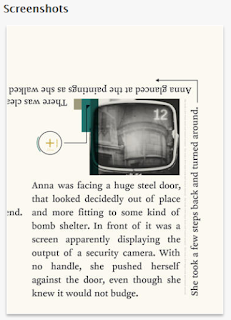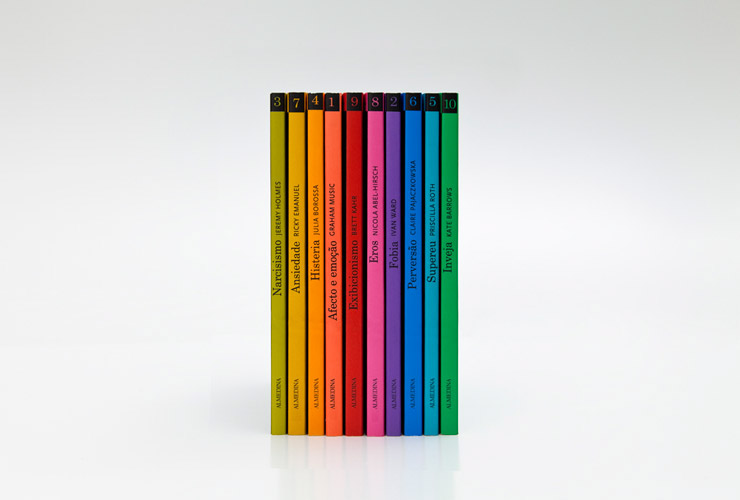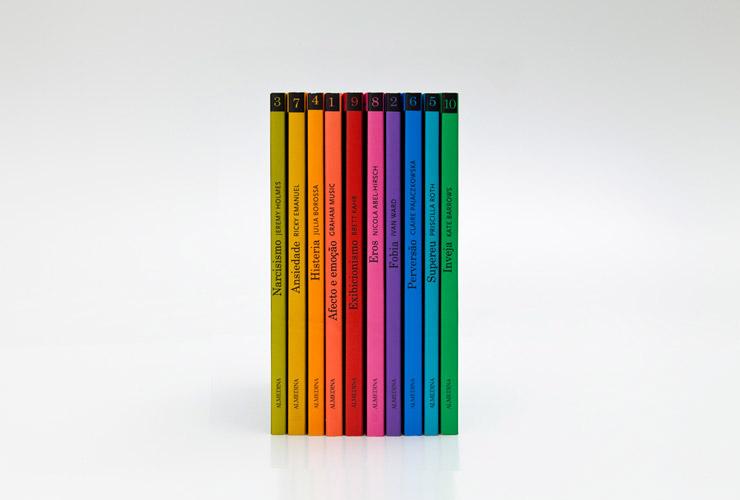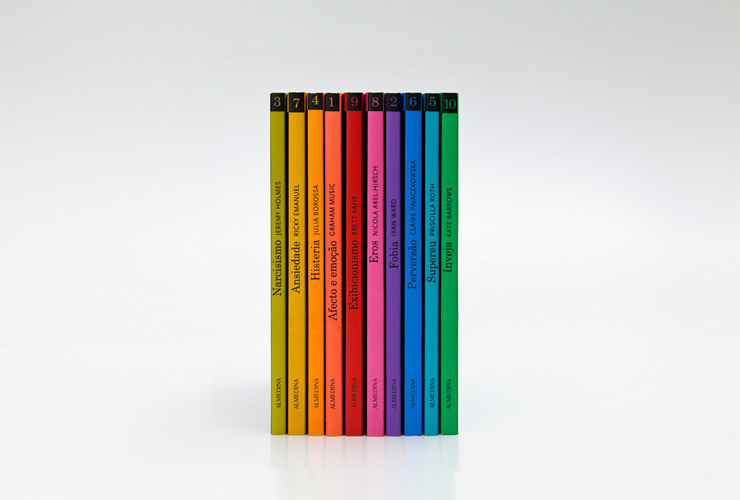I know the publishing term "immersive fiction" because it's a few clicks into this project:
Luminous Airplanes, which is a hypertext/immersive site by Paul LaFarge, for which the main linear narrative was made into a print novel, though the website includes various other elements to the story that expand it, including commentary by the author on the parts he's written in the past, on the process of writing it, and conversations he's had with a friend who knew about the project and with the editor of the print novel. And, as is generally the case with metafiction or hypertexts, it's unclear whether the narrator is a fictionalized version of the author, or the author himself, or completely fictionalized--as the linear narrative part takes place mostly in a town where they have their own language, according to the novel's Amazon page [I clicked a bit but didn't really get into the Thebes part...]. Though the site is quite simply designed, I do think it's worth going in and clicking around to see how the linking works--there's also a map, which can be really helpful when you get a few rounds into the clicking rabbit hole, though I think that feeling of being overwhelmed and a bit lost is part of what the author had in mind, given the content of this project, which has to do with family, death, loss, grieving, etc., all of which is pretty overwhelming and maybe feels like getting lost...
That all being said, this isn't an app; it's a story designed as a website. The author also has a blog post on Salon called "Why the Book's Future Never Happened," which has some helpful background into the genre of hypertext fiction. His question in the essay is about why there haven't been more hypertext/immersive fiction projects; some of the comments make the valid points that these kinds of writing have developed into other genres. For example, one comment points out that we call online essayists/memoirists bloggers, and another draws the link to gaming, that many video games incorporate/immerse the player into the narrative of the world they've created. And in my searching for "immersive fiction," on iTunes, it seems like the category "games" is applied often to projects that could be similar to what Amy has in mind, the difference being that we're starting with a narrative that's already created [I guess you could say we're gamifying a novel?]. Check out the screenshots for Device 6, a game by Simogo AB:
From what I can tell, the idea of hypertext/immersive fiction is that the reader has control of the narrative's structure--sorry, Keith, you're framing the story now... Andrew's book from project two, Nabokov's Pale Fire is one of the texts often pointed to as a hypertext novel before hypertext linking was an option, so think about that structure--you can read it straight through, but you also can flip back and forth from the notes and commentary to the original linear narrative part. And the individual notes are like little linear narratives that branch off from the main poem. Which brings up a story that includes the prototype/image that most people associate with hypertext fiction: "The Garden of Forking Paths," by Jorge Luis Borges. It's form is a statement by a Chinese professor/spy for Germany during World War I, who realized he was about to be caught by the British, and figures out a creative way of getting important information to the Germans. It's short and absolutely well worth reading for many reasons, but here's the section that applies to hypertexts, in which an expert in the spy's ancestor's literary masterpiece called The Garden of Forking Paths, of course, explains its underlying structure:
Your ancestor did not believe in a uniform, absolute time. He believed in an infinite series of times, in a growing, dizzying net of divergent, convergent and parallel times. This network of times which approached one another, forked, broke off, or were unaware of one another for centuries, embraces all possibilities of time. We do not exist in the majority of these times; in some you exist, and not I; in others I, and not you; in others, both of us. In the present one, which a favorable fate has granted me, you have arrived at my house; in another, while crossing the garden, you found me dead; in still another, I utter these same words, but I am a mistake, a ghost.And the idea of hypertext fiction is to recreate that structure with a narrative so that a reader can experience all of the possible ways a story might unfold and all of the choices a character might make and all of their consequences. In one section of Luminous Airplanes, LaFarge brings up the inevitable comparison to "Choose Your Own Adventure" novels when he says he's writing hypertextually; he talks about how he used to read those books straight through, linearly, so
Characters died and came back to life; the treasure was found before it was buried; the mayor of Sleepytown confessed his guilt then went up to Murder Hill, to wait for me in the basement of the abandoned house. The story was so much more interesting like that! You had the kaleidoscope thrill of knowing what was going to happen, but not what would happen next.So, that's kind of how I'm envisioning this last project. We're taking an existing novel and restructuring it so that we can give the reader a both/and way of reading a novel. You can read it straight through AND you can read all of the sections that are commentary at once, AND then all of the sections that take place in Thebes at once, AND then all of the sections about Norman Mailer's car at once [these are all elements from LaFarge's site], AND then just click around the map for a bit.
Plus, you were in several worlds at once: things were true not in an either/or way, but in a both/and way. You were guilty and innocent, brave and timid, safe and in danger at the same time. Which, it seems to me, is a much better representation of what it is like to be alive than your traditional single-path story in which either/or logic usually prevails.
Terribly easy, no?




















































